6 Generation Portable 5V2A Double Ports A1444

Official specifications:
-
Size: 5.5 x 3.5 x 2.5cm/2.17 x 1.38 x 0.98”
-
Weight: 30.9g
-
Power: 5V 2A
I got it from ebay dealer: bellamout04
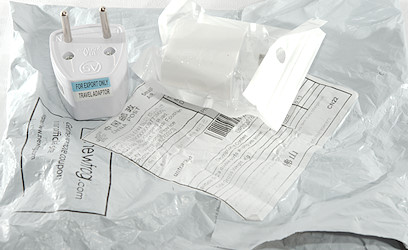
It arrived in a envelope and it included a mains pin adapter, but this type of adapter will not fit a European socket.
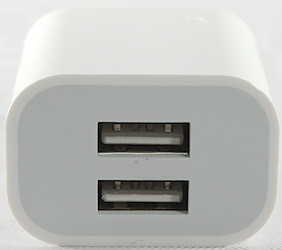
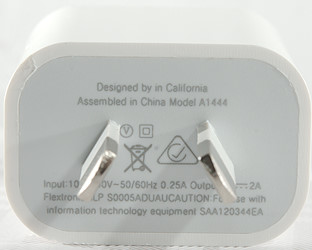
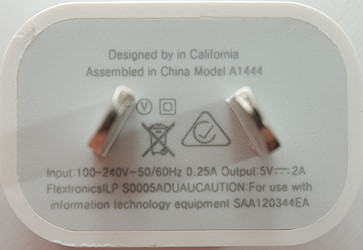
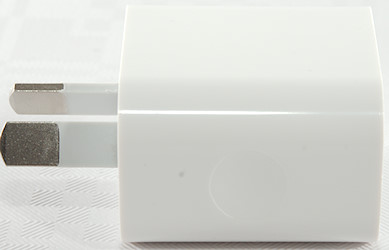
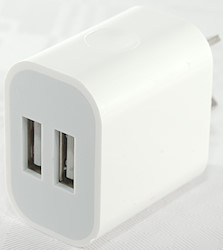
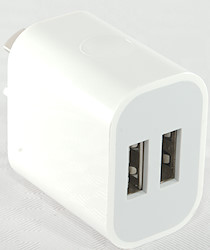
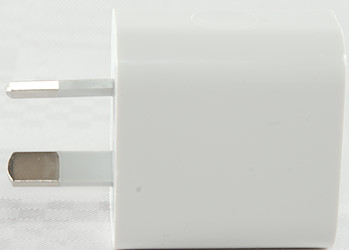
Measurements
-
Power consumption when idle is 0.2 watt
-
One USB output is coded as Apple 2.1A
-
Other USB output is coded as USB charger (DCP)
-
The two USB outputs are in parallel.
-
Weight: 28.2g
-
Size: 52 x 36.6 x 24.6mm
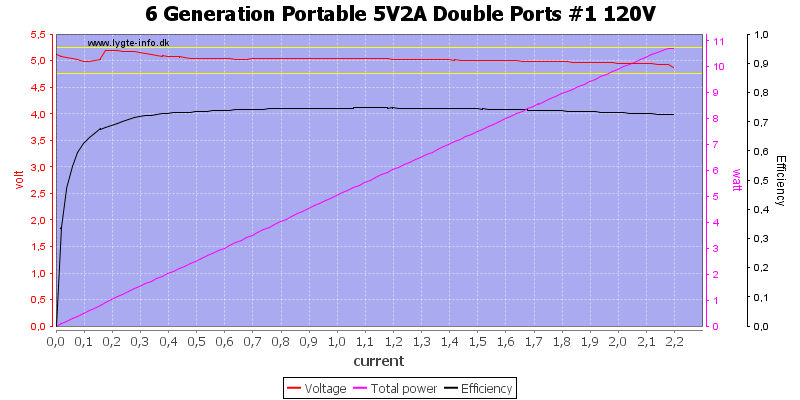
The charger can deliver about 2.2A on one port, this is fine for a 2A charger.

And the same on the other.
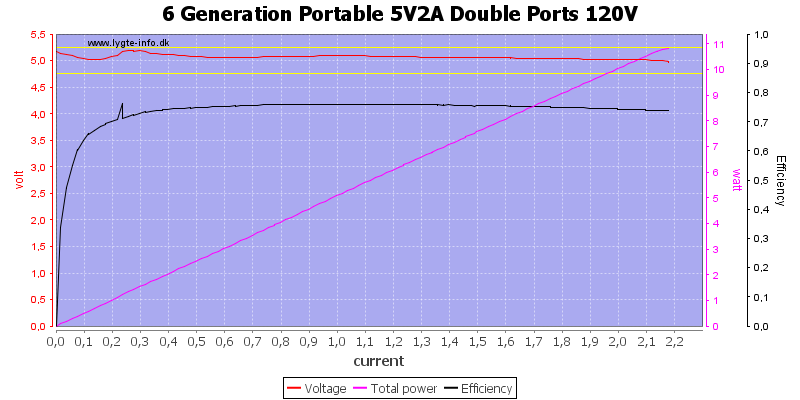
And the same when the ports are working together.
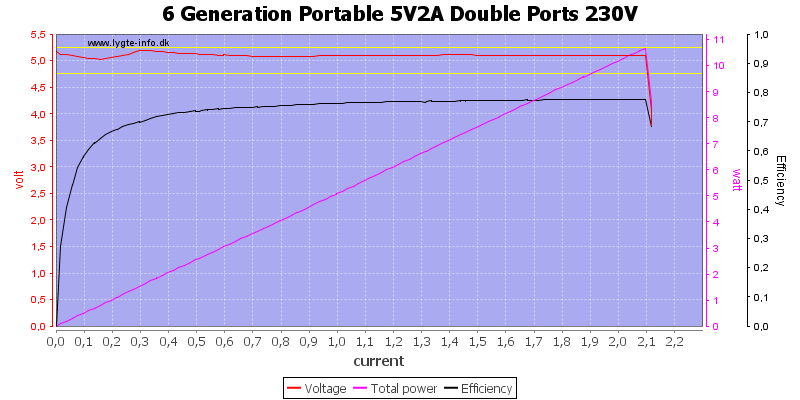
At 230VAC the current is “only” 2.1A.
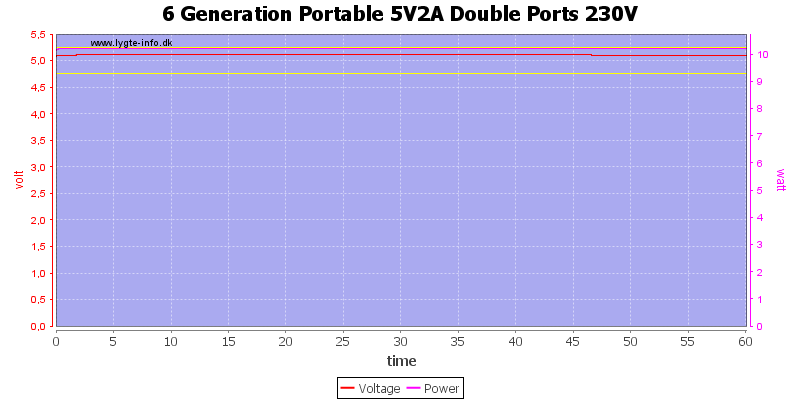
For a load test I used 15V 2A load for one hour, it worked fine.
The temperature photos below are taken between 30 minutes and 60 minutes into the one hour test.
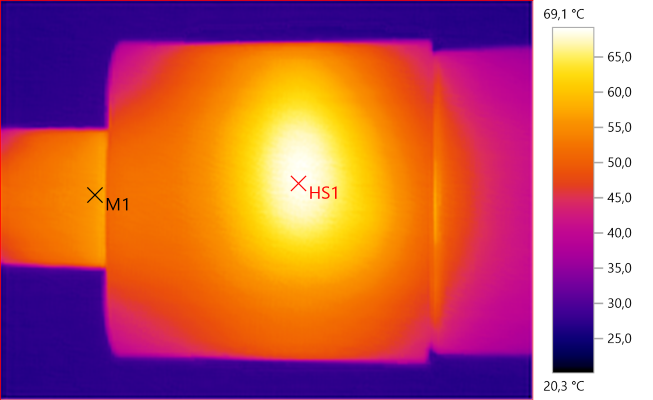
M1: 56.2°C, HS1: 69.1°C
HS1 is the transformer.
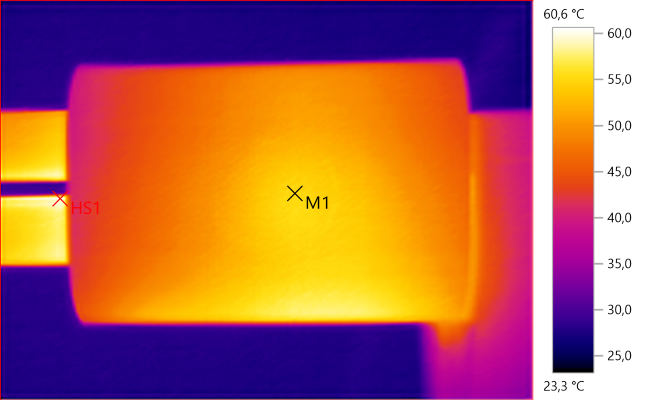
M1: 55.2°C, HS1: 60.6°C
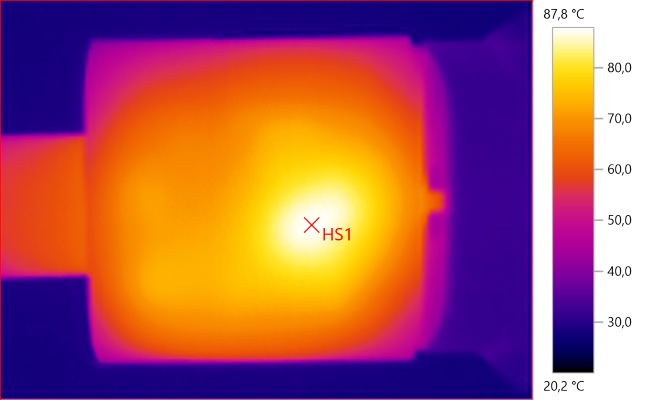
HS1: 87.8°C
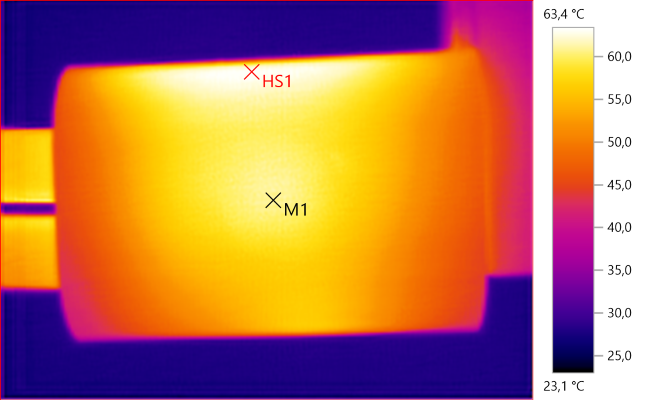
M1: 60.8°C, HS1: 63.4°C
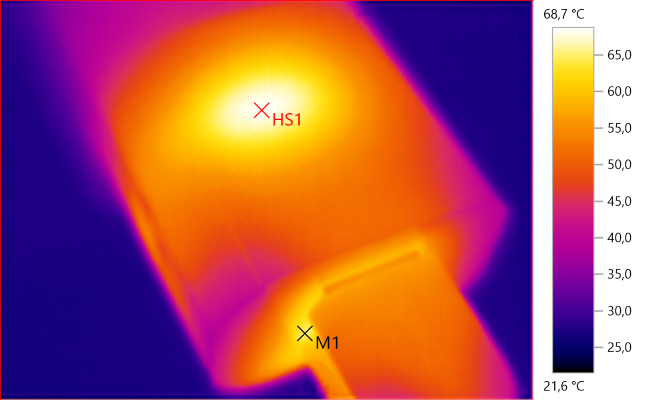
M1: 64.6°C, HS1: 68.7°C
M1 is heat from the two diodes.

At 0.5A the noise is 87mV rms and 873mVpp.

At 1A the noise is 102mV rms and 803mVpp.
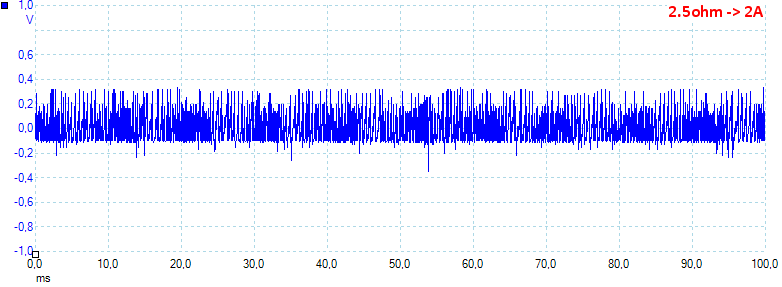
At 2A the noise is 107mV rms and 547mVpp, noise is a bit high.
Tear down
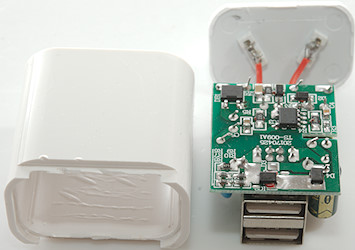
I tried some pressure, but it did not work, instead I cut it open.
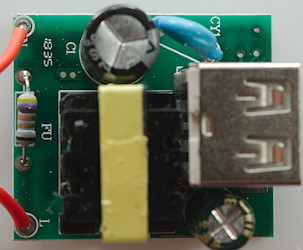
On this side is a fusible resistor (FU) used as fuse and the safety capacitor (CY1). The marking on the capacitor is not very clear, but it looks like 472, i.e. 4.7nF. That would be about 677kOhm at 50Hz or 340uA with 230VAC, this can explain the slightly high leakage current (The capacitor is not directly connected to mains, this is the reason for the current being below 340uA).
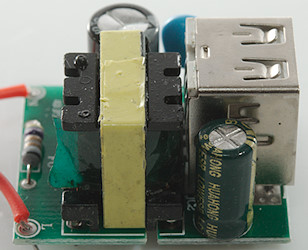
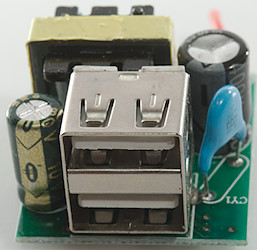
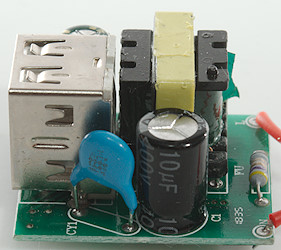
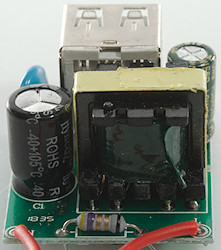
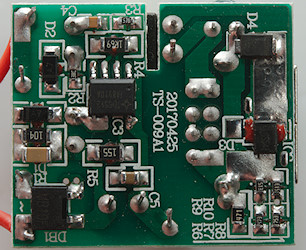
On this side is the bridge rectifier (DB1) and the mains switcher (IC3: TD6512). The low volt side uses two diodes (D3 & D4) in parallel for rectifications.
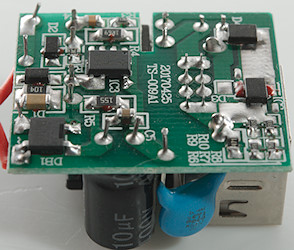
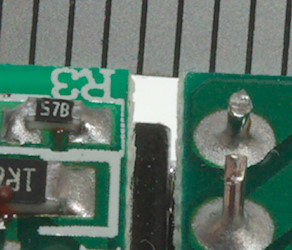
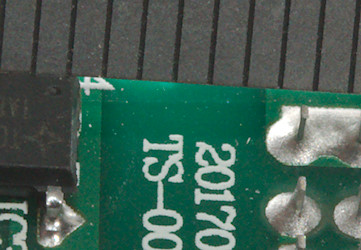
With a slot the minium legal distance is 4mm and above 6mm without a slot, here the distance is much shorter at 1.5mm and 4.5mm.
The charger passed the 2830 volt and 4242 volt test, but the leakage current is too high (I measured 270uA at 230VAC).
Conclusion
The charger can deliver the rated power, the coding is usable, but missing any marking, the noise a bit high.
The safety is not very good I would not use this charger at 230VAC, it is also doubtful at 120VAC
Notes
The charger was supplied by a reader for review.
Index of all tested USB power supplies/chargers
Read more about how I test USB power supplies/charger
How does a usb charger work?